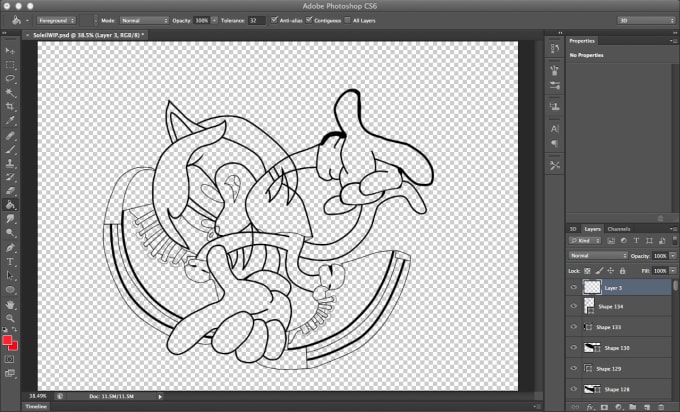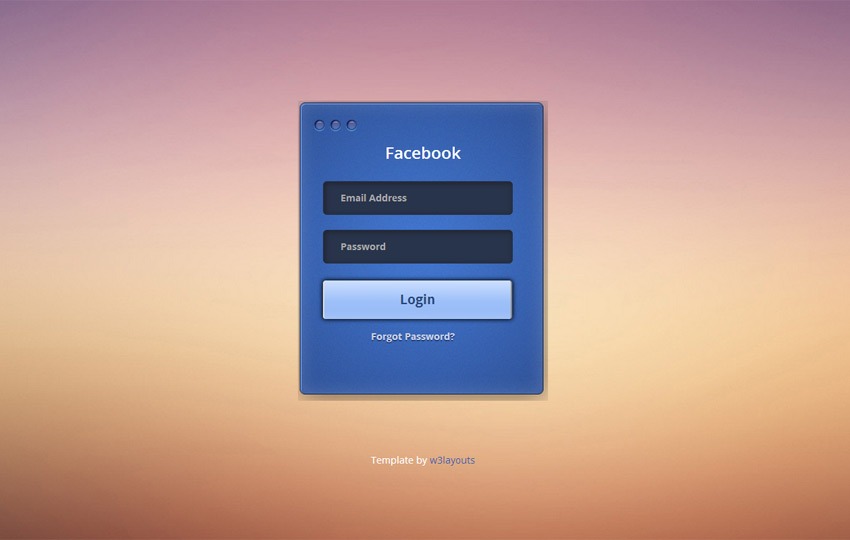

I’m going to use this bird image to demonstrate. Step 1: Place the raster image in Adobe Illustrator and embed the image. Let’s take a look at a couple of examples. There are different tracing options that can create different results. This is the easiest way to vectorize a raster image when the image isn’t too complex or you don’t need the image to be exactly the same. When using keyboard shortcuts, Windows users change the Command key to Ctrl, Option key to Alt. Windows or other versions can look different. Note: the screenshots from this tutorial are taken from Adobe Illustrator CC 2022 Mac version. The following is a written overview of the steps taken to create these automatically generated vector tracings. Let’s get started with the easier option, Image Trace. For this lesson I’ll be using the Image Trace feature in Adobe Illustrator, which allows us to make auto tracings of images as opposed to manually tracing them with something like the Pen Tool.

In this tutorial, I’m going to show you two ways to convert a raster image into a vector image using the Pen Tool and Image Trace. I found that the best way to practice making vector graphics is by tracing them using the pen tool. I’ve been working as a graphic designer for ten years. But if you want to turn a raster image into a vector graphic, that’s another story.Īctually, many vectors and logos are made by vectorizing a raster image because it’s much easier than drawing from scratch. Vectorizing the format can be pretty easy, you can do it from the Quick Actions panel, and it doesn’t take much effort. What does it mean to vectorize? A simple explanation would be: converting the image to lines and anchor points. Want to edit a raster image? Sorry, there isn’t much you can do in Adobe Illustrator unless you vectorize it first.


 0 kommentar(er)
0 kommentar(er)
